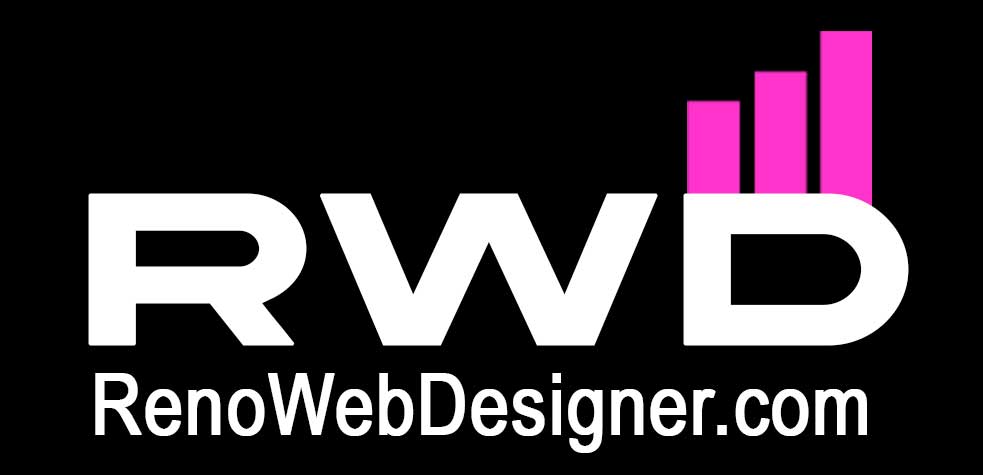
When you start looking into getting a new website, you may find yourself a bit overwhelmed with all the new and unfamiliar terminology. Isn’t it all just web design? But then what is UX design? What about UI design? Are they similar? And what are the differences between them?
The truth is that they can seem very alike, especially when you don’t know a lot about the technical side of putting a website together. UX design and UI design indeed pertain to the same area of design – but they are two very different halves of the same final product.
In the simplest terms, UX design is responsible for “user experience”, while UI design is responsible for “user interface”. That is to say, the former has everything to do with the way a user experiences your site and the latter is related to what a user sees, how the site is presented, and how the user interacts with it.
When creating a website, you need to learn about each of them and be aware of the differences. That will ensure you receive a final product that is of the highest quality, from every point of view. Both user experience and user interface are important aspects of the website, so let’s learn a bit about each and the differences between them.
What is UX design?
User experience means virtually everything that pertains to the way a user experiences your product (i.e. website). Indeed, UX is not limited to the digital world; in fact, the term was not coined concerning digital products at all. UX design is necessary for any product a company puts out because it’s the part of the process that focuses on the way a user interacts with your product, whatever that may be.
You can work on UX design for a website, a toy, or for a coffee cup – the important part is figuring out how the user is going to make practical use of the product and to make it as intuitive and simple for them as possible.
In the case of building a website, user experience means virtually everything that pertains to the way a user experiences your product (i.e. website). That includes all aspects of the way they interact with your site, from adding a product to their cart, for example, to checking out.
Your user experience on the website is really dictated by a very intentional and well-thought-out design. Have you ever visited a website that is not at all user-oriented, where actions are not intuitive, and that’s difficult to navigate? Have you thought “who the heck designed this?!”. That’s a website that skipped over UX design or just didn’t give it much thought. And you can tell.
It’s a lesson, in a way – when designing a website, think about what you want to convey, but also think about who is going to be using it. There are a few questions you should be asking yourself:
- Who is going to use my website?
- How are they going to use it?
- What are they looking for?
- What are the most important actions to perform?
What is UI design?
UI design refers to the design behind the user interface, where the user interface is the point where the user interacts with the digital product (i.e. your website). UI design concerns itself with the way the product looks to the user, and the way it interacts with them.
Whereas the UX designer creates the “skeleton”, or the foundation of the website, the UI designer is in charge of all the details that bring the vision to life.
That means that every single action or point of interaction must be carefully thought out and designed in a way that will be as intuitive and as user-friendly as possible. That includes things like color themes, images, fonts & typography, spacing, buttons the user may interact with, and icons.
That’s because, in essence, it is the UI designer’s responsibility to create an intuitive, attractive, and friendly experience for the users targeted by the digital product – in this case, your website. The goal is for your user to not have to do much thinking, when navigating your website.
You want everything to come naturally and for someone to be able to access your website easily and find what they are looking for. A good UI design essentially guides the user through the website and helps them find what they need, whether that’s information about your company or purchasing your products. The better your UI design is, the easier it will be for someone to navigate your website.
What are the most important differences?
The differences are already obvious and emergent, but the most important is the fact that they are in charge of different aspects of your site. UX is all about the behind-the-scenes, unseen aspects that enable the overall user experience of the website and the feel of it. UI is about function and visual design; the way your website looks.
Equally important is the fact that they work together. They are both essential. UX can be seen as the necessary “internal” makeup of the product, if you will, while UI is the external, visible makeup. Like any other machinery or even the human body. The user will benefit from UX design just as much as they do UI design. They don’t always see the work that goes into the website, but their overall experience is enhanced by both types of design.
The other thing to remember is that to create either type of design, you don’t need to be a master of the other. A designer that does UX doesn’t necessarily need to also do UI, and the other way around. They do need to have an in-depth and global understanding of the way they work together, and their function.
Which one is the most important?
Ha! – that’s a trick question! UI and UX are two halves of the same final product. There cannot be a hierarchy, because they are both equally important. It makes sense, as you cannot have one without the other. Which one can you sacrifice? The basic user functions of your website? The way your site looks?
If you’re having a website made, you need to hire both a UX and a UI designer. Yes, some people who dabble in both, but it’s best to hire a team who will be able to give you the quality you expect. You can hire freelance designers online, or you can find a company that does both. That way, your website will be a cohesive final product and both sides will be catered to equally.
In what way do they work together?
As we mentioned, both UX design and UI design are completely essential to a beautiful and well-functioning website. And trust us, if one half is missing or haphazardly done, you can tell. You can have a website that has low-quality UX, but great UI, and the other way around, and they will result in two different, but equally frustrating experiences: a website that looks good, but works terribly, or one that looks terrible, but works well.
Ideally, you want both to be in top shape because that is going to give you the complete, high-quality website experience you are seeking to create for your users. You see, UX design and UI design must be complementary, above all else. Just like any other great partnership, their strengths work together to create the best possible version of your website: one that looks sleek and is easy to use.
What’s the bottom line?
As you may have been able to figure out by now, UX design and UI design are both integral parts of your website. Far from being optional, UX and UI design are in charge of making your website a complete, functional, attractive experience for your users.
UX design and UI design need to co-exist for your digital product to be visually attractive, as well as intuitive and functional. A website without one or the other offers a frustrating experience where either the visual or functional aspect is lacking.





